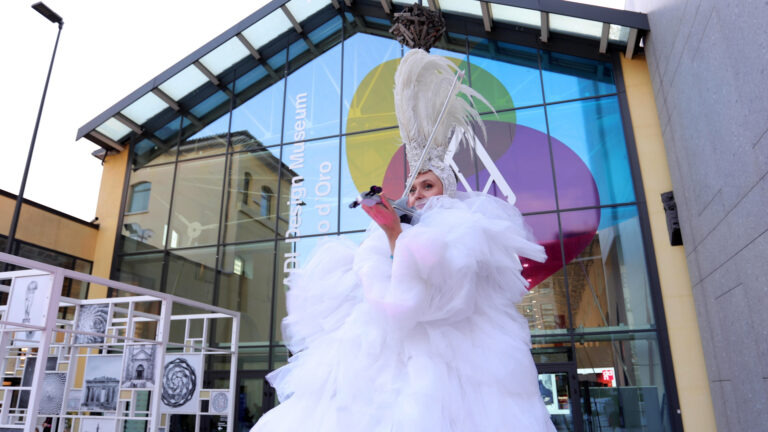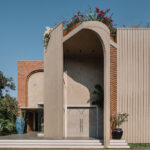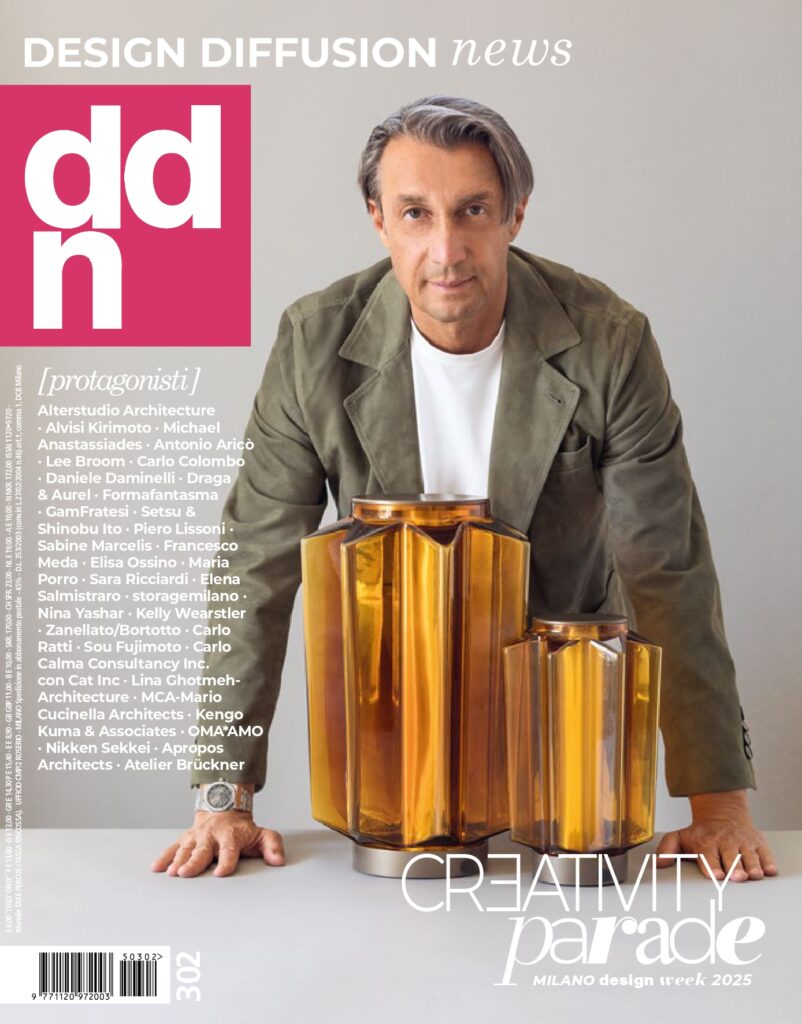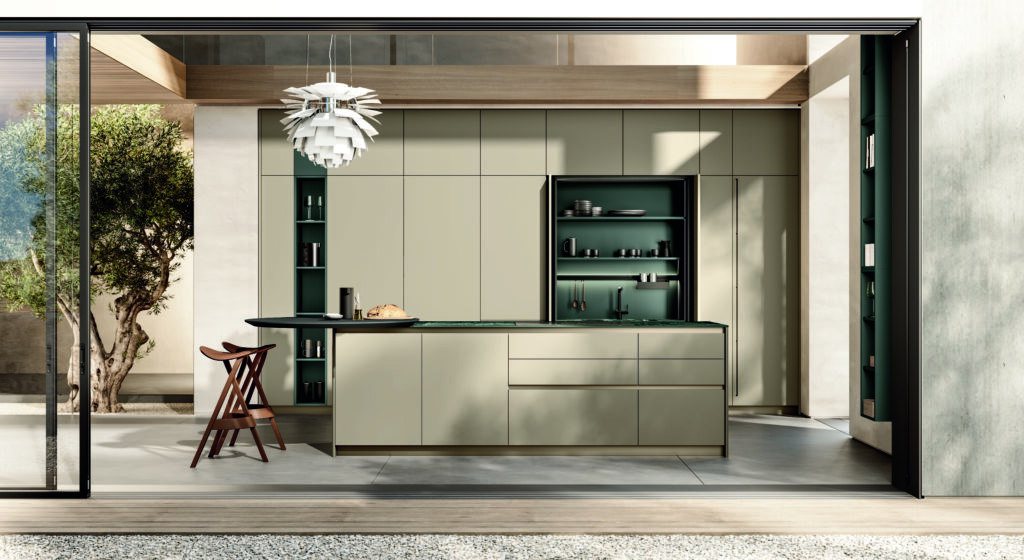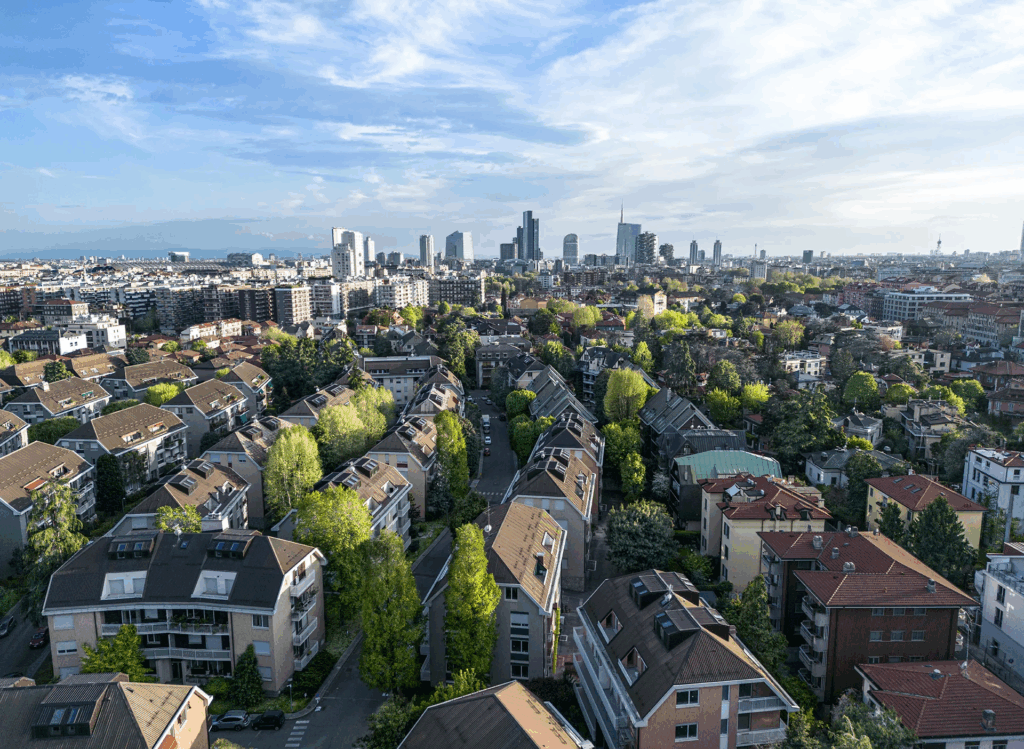MAXXI in Rome hosts an immersive exhibition on Alvar Aalto until May 26, 2024
In Rome, MAXXI National Museum of 21st Century Arts is hosting the exhibition AALTO – Aino Alvar Elissa. The Human Dimension of Design until May 26, 2024. The exhibition, curated by Space Caviar and sponsored by the Embassy of Finland in Italy, offers the chance to discover some of the most significant Finnish architectural and design masterpieces of the 20th century by Studio Aalto.

At MAXXI, buildings and objects that have become icons of modern architecture and design offer visitors the opportunity to learn about Alvar Aalto‘s (1898-1976) commitment to placing people at the center of every project, along with his first wife, Aino Marsio (1894-1949), and his second wife, Elissa Mäkiniemi (1922-1994).
“True architecture exists only when it places the human being at the center,” Alvar Aalto (1958)
On display are original drawings, historical photos and scale models of eleven projects built between the 1920s and early 1980s in Finland, Italy and the United States by Studio Aalto. Founded in Finland in 1923, this architecture and design firm has always been committed to placing the human experience at the center of its design vision.
Projects by Studio AALTO exhibited at MAXXI in Rome
Among the many works by Studio AALTO on show at MAXXI in Rome are the well-known Paimio Sanatorium in Finland (1929-1933), conceived as a medical tool to promote the healing of patients; Villa Mairea in Noormarkku, Finland (1937-1939), one of the landmark buildings of 20th-century architecture; Muuratsalo Experimental House, Finland (1952-1954); Church and Parish Center in Riola di Vergato, Italy (1966-1980), a project built after Aalto’s death that testifies to his strong ties with Italy.
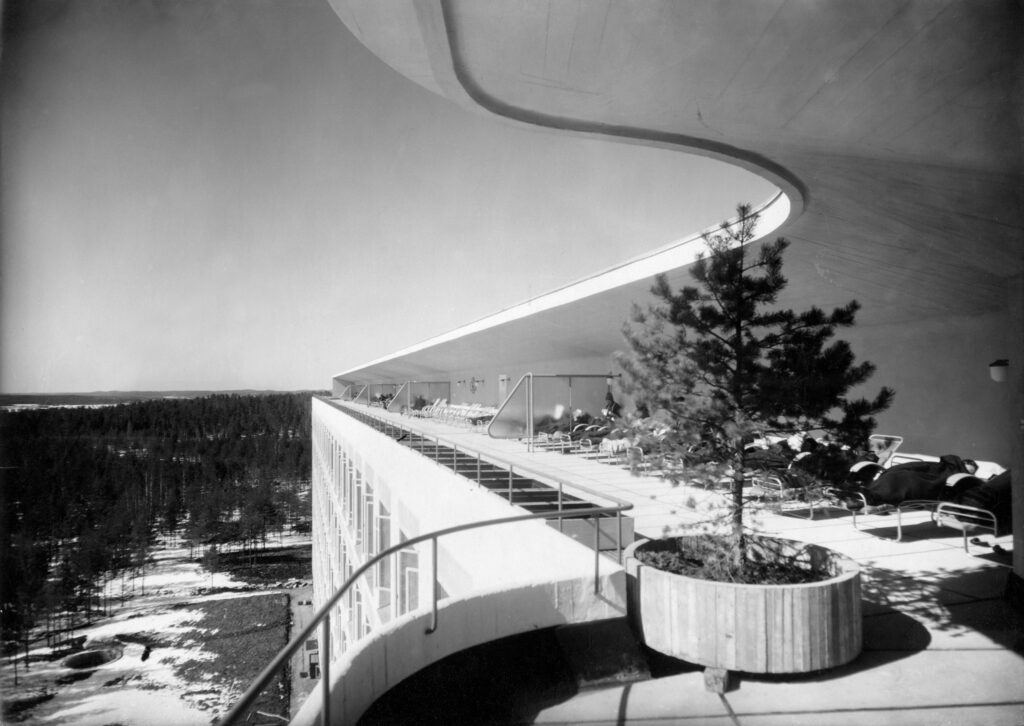
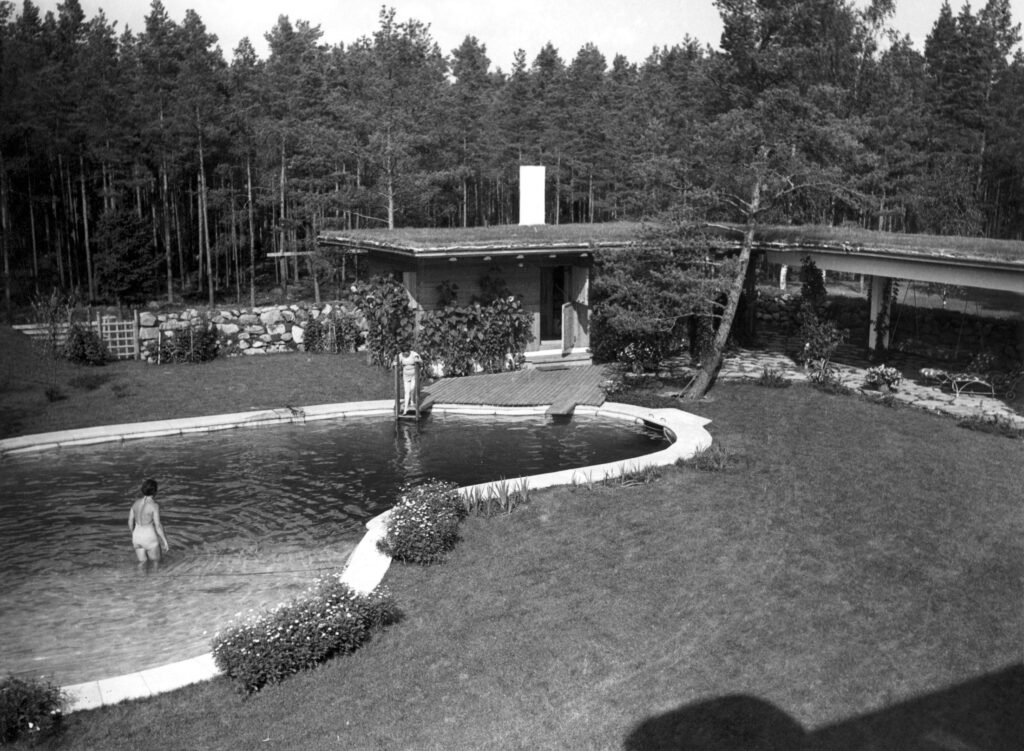
Also on display is a selection of textiles, lamps, glass objects, children’s furniture and furnishings that have become icons of modern design, such as the Paimio chair (1932), Stool 60 (1933) and Savoy vase (1936).
Ramak Fazel’s photography
Also an integral part of the exhibition is Ramak Fazel‘s FPO (For Position Only) project. He was invited by MAXXI to explore with his camera the architecture of Studio Aalto and its impact on the current lives of communities in Italy, Finland and the United States.
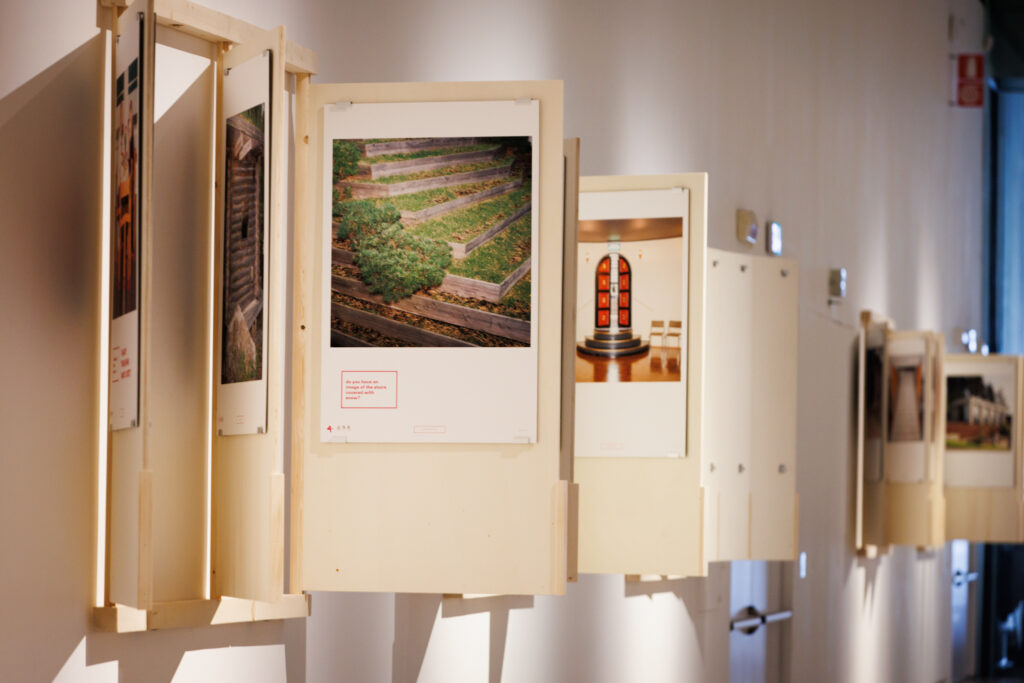
Iconic pieces and historical volumes on Aalto
A reading room, decorated with some pieces of furniture from historic Finnish company Artek, invites visitors to read some of the most significant works on Aalto. Among the many volumes available for consultation there is also one by Heikki Aalto-Alanen, grandson of Aino and Alvar Aalto, published in Finland by Otava in 2021 and published in Italian by Salani Editore in December 2023.

A life-size reconstruction of the iconic kidney pool at Villa Mairea in Noormarkku, Finland (1937-1939), welcomes visitors to the entrance of the KME Gallery, inviting them to experience one of Aalto’s works.

Hide and Seek in Architecture
A VR environment by Meta Quest offers visitors an immersive experience through Hide and Seek in Architecture. This video game created for the exhibition by Space Caviar studio in collaboration with Meta invites the player to hide in the Muuratsalo Experimental House in Finland.

MAXXIperTUTTI
Lastly, an exhibition area set up with tactile models and relief drawings offers all people with hearing and visual impairments the opportunity to explore the exhibition thanks to the MAXXIperTUTTI accessibility project (funded by the European Union – Next Generation EU, as part of the Ministry of Culture’s call for proposals “Removing physical and cognitive barriers in museums, libraries and archives”).
Text: Arianna Callocchia






